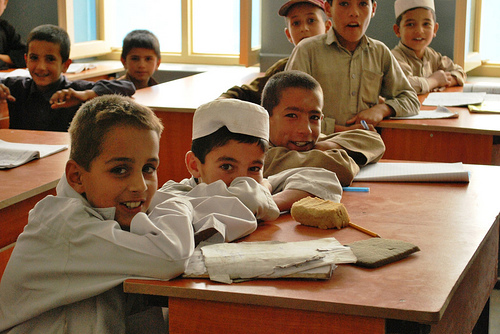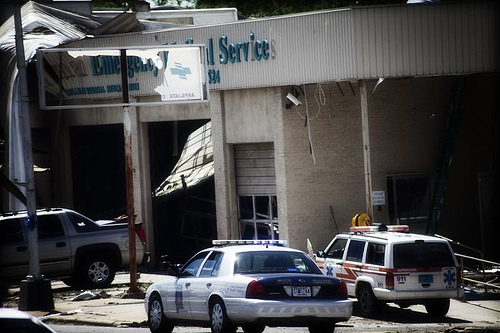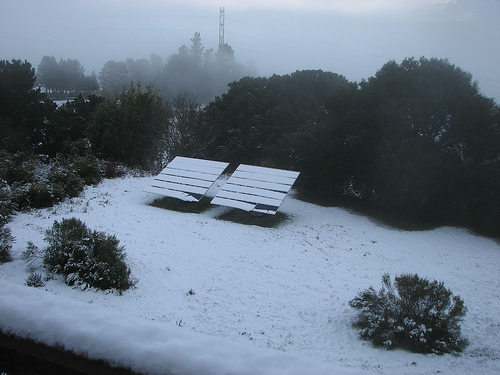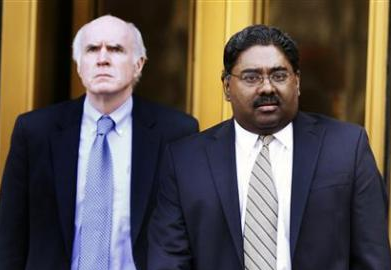
(photo credit: isafmedia)
“People like to read the books,” says Daniel Borochoff, president and founder of the American Institute of Philanthropy in Chicago. “But the expense statement tells a story, too. Not as entertaining, but perhaps just as revealing.”
This seems like an appropriate follow-up to yesterday’s post about operational costs… A prominent organization dedicated to building schools and increasing access to education in Afghanistan – the Central Asia Institute – has recently gotten some bad press about its alleged money mismanagement.
Well, not money mismanagement exactly… more like financial nondisclosure. State auditors, donors, and charity ratings organizations have been surprised to find that more than half the CAI’s annual budget was spent in the U.S. instead of being sent overseas to pay for bricks and pencils.
Now, no one’s being accused of embezzlement – but it does seem like, at the very least, the organization’s finances were pretty incompetently handled. This is a great example of why it’s so important to do your homework before you give. Most charities are required to make their financial statements public, and you can use sites like GuideStar.org to help you get a better picture of where a nonprofit’s money is really being spent.
It’s also a pretty good example of how important it is to be on top of your finances. Even if you’re a great person (or organization), someday you’re going to be held responsible for the money coming in and going out of your account. SPEND.GROW.GIVE. will help you keep track, but you can get involved by setting a budget and sitting down with your advisor to talk about where you want your money to go.



